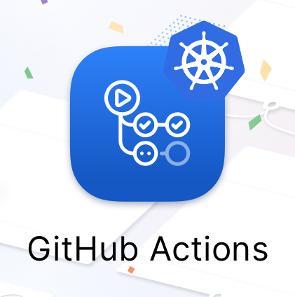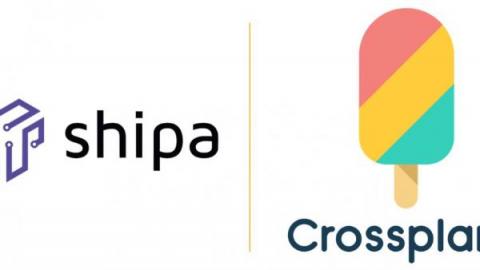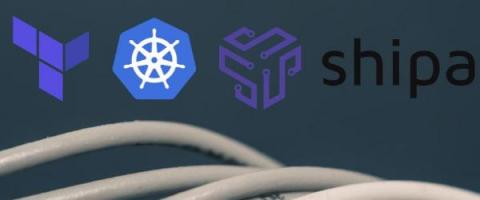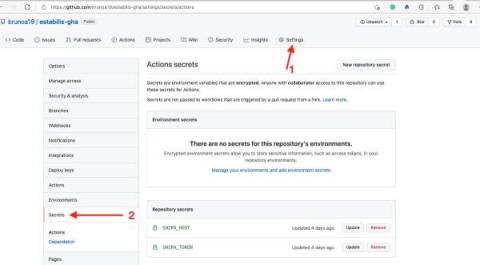One Line Developer Experience - Terraform, ArgoCD, Crossplane, and Shipa
As we kick off the new year and our release of Shipa 1.5.0, dabbling in the art of the possible, what if it was possible to provide your developers with a single line of configuration to get their ideas into production. Shipa is an application and policy abstraction layer which easily integrates with your DevOps toolchains.










